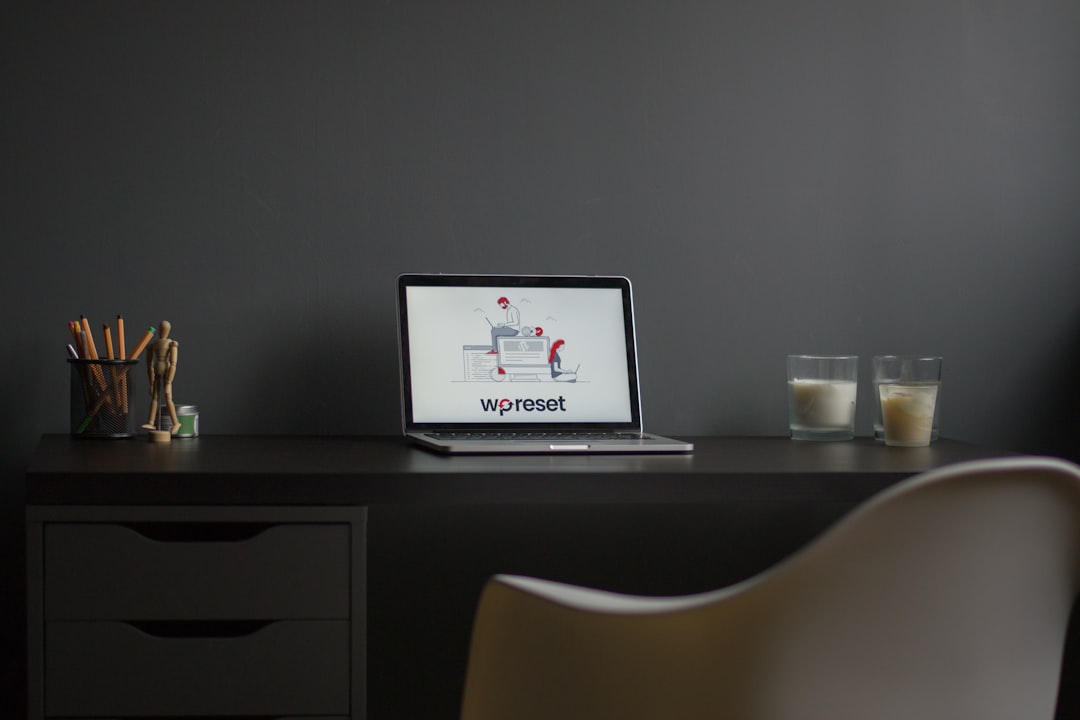If you already have a WordPress site and want to start selling products or services, adding WooCommerce is one of the best decisions you can make. WooCommerce is a powerful, flexible, and widely used eCommerce plugin that integrates seamlessly with WordPress. In this guide, you’ll learn step-by-step how to add WooCommerce to your existing WordPress site effectively and efficiently.
Why Choose WooCommerce?
WooCommerce is trusted by millions of online stores around the world. Built specifically for WordPress, it allows you to manage products, accept payments, configure shipping, and much more, all within your current website environment.
Here are some reasons why WooCommerce is a top choice:
- Free and open-source – There are no upfront costs to get started.
- Highly customizable – Compatible with thousands of themes and plugins.
- Regular updates – Maintained by Automattic, the same company behind WordPress.com.
- Secure and scalable – Suitable for both small and large-scale businesses.
Step-by-Step Guide to Adding WooCommerce
1. Back Up Your Website
Before making any significant changes to your website, it’s essential to create a full backup of your WordPress site. This includes the database and all files. Use reliable backup plugins like UpdraftPlus or VaultPress to do this.
2. Install the WooCommerce Plugin
Installing WooCommerce is as easy as any other WordPress plugin:
- Log in to your WordPress dashboard.
- Go to Plugins > Add New.
- Search for “WooCommerce”.
- Click Install Now and then Activate.
Once activated, a setup wizard will appear to guide you through the initial configuration.

3. Use the Setup Wizard
After activation, WooCommerce’s setup wizard will help you:
- Define your store’s location and currency
- Choose payment methods like PayPal, Stripe, or bank transfers
- Set shipping options and rates
- Configure tax settings
You can either complete these steps immediately or skip them and come back later via the WooCommerce settings tab.
4. Add Products to Your Store
With WooCommerce installed, your next step is to add products. You can access the product section by navigating to Products > Add New from your dashboard.
When adding a product, you’ll need to include:
- Product Title and Description
- Product Data like price, SKU, and inventory
- Product Image and optional gallery images
- Categories and Tags for better organization

5. Customize Your Store’s Appearance
WooCommerce works with most WordPress themes, but for the best results, consider using a theme that is designed specifically for WooCommerce. You can explore free and premium WooCommerce-compatible themes on the WordPress Theme Directory or marketplaces like Themeforest.
Use the WordPress Customizer to tweak your store’s appearance, including colors, homepage layout, and product display preferences.
6. Install Essential Extensions
One of WooCommerce’s biggest advantages is the wide range of extensions available. Depending on your needs, you might consider installing extensions for:
- Email marketing integration (e.g., Mailchimp)
- Advanced shipping options
- Subscription or membership features
- Multi-currency support
7. Test Your Store
Before going live, make sure to test your WooCommerce store thoroughly. Create a test order using a sandbox payment method to ensure that transactions go through and emails are sent as expected. Review your product pages, tax settings, and shipping rules to make sure everything functions smoothly.
Final Thoughts
Adding WooCommerce to an existing WordPress site is a straightforward process that opens up extensive possibilities for monetizing your online presence. With its intuitive interface and powerful features, WooCommerce makes it possible to create a professional, scalable eCommerce store directly on your existing website.
Remember: Keep your site and plugins up-to-date, monitor store performance, and always back up before any major changes. With proper planning and execution, WooCommerce can help your business grow and succeed online.